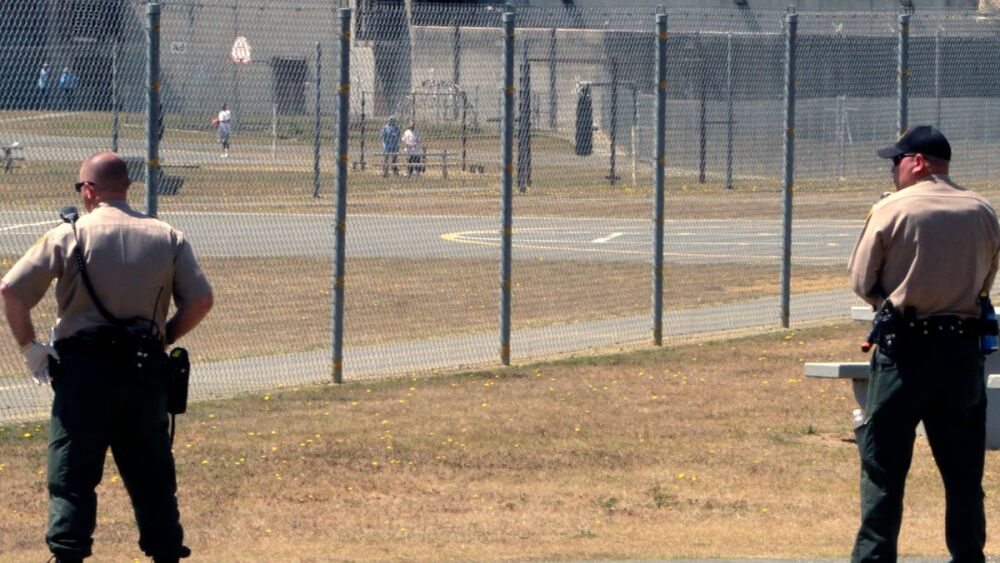Wouldn’t it be great to know where and when the next inmate fight will occur? Unfortunately, we do not possess a system that allows us to predict the future, so we must depend on other mechanisms.
What are active reactions?
My father played semi-pro baseball many years ago. He was a short stop and always told me that the most important thing was to look ahead and react as necessary. He told me it is all about planning. His reaction to disposing of a ground ball would be different if there were no runners on the bases compared to bases loaded. He did this while appearing just to be in position – ready to jump, but without the appearance of tension.
This process of active reactions is when we forecast events and how we will react to them while maintaining a calm and safe presence in our areas of control. One might not look too lively, but the mind is active. Consider the many possible outcomes of any interaction with offenders. There are countless variables. These must be considered in the context of safety. In our quest to provide a safe environment for staff, offenders and the public, we benefit from practicing active reactions.
Active reactions in action
Here are some ways we can practice active reactions in corrections:
Training – Fundamentally, we are told to expect the unexpected. We are taught to be more vigilant than non-corrections people and to also expect diversions. These are foundational elements of correctional training.
Example: Correctional officers are trained in unarmed self-defense. We may not use it on a daily basis, but it is useful to think about the various ways an offender can strike staff. An example of a useful habit is to scan a room and its corners before you enter.
Experiences or pattern analysis – As we collect experiences on the job, we see patterns that allow us to have a reasonable guess of circumstances in which danger is more likely to occur.
Example: When is most violent settling of debts between offenders likely to occur? Is it after a major sporting event? Is it after store day? Use these patterns to determine when correctional staff should be extra vigilant.
Learning from hindsight – It is always interesting to listen to others after any event. We should not dismiss hindsight as a platform for others to declare that they saw an event coming. Rather, hindsight is an opportunity to add an experience to the bank of pattern analysis.
Example: I remember the first time I saw a large book with a hollowed area. It was positioned in the middle pages of the book and toward the binding. I happened upon this when I opened the book wider than my normal search. In hindsight I realized I may have missed many contraband niches simply by not using a better technique. Incidentally, there was tobacco in the hollow. I reported the contraband to staff and inspectors. The improved search technique launched a successful series of safety-enhancing discoveries.
X factor – This is when something seems not right but you cannot put your finger on it. Others might term this intuition. It is intangible, but red flags seem to loom on the horizon. For example, you meet a sales person and you suddenly feel defensive. Yet, there is no blatant evidence you should feel apprehensive. Still, you feel the need for caution.
Example: This is hard to describe in specific terms, but you know it if you have experienced it. If, for example, you return to the facility after some time off and you feel that the mood is a bit tense, you might be feeling the X factor. There is no tangible evidence of stress, but you still perceive it. Some staff are quite adept in predicting the “something is up” in the face of anything but a feeling.
The practice of active reactions has a significant role to play in corrections. Let’s ensure we introduce this concept to trainees and continue to reinforce the practice as veteran COs.













